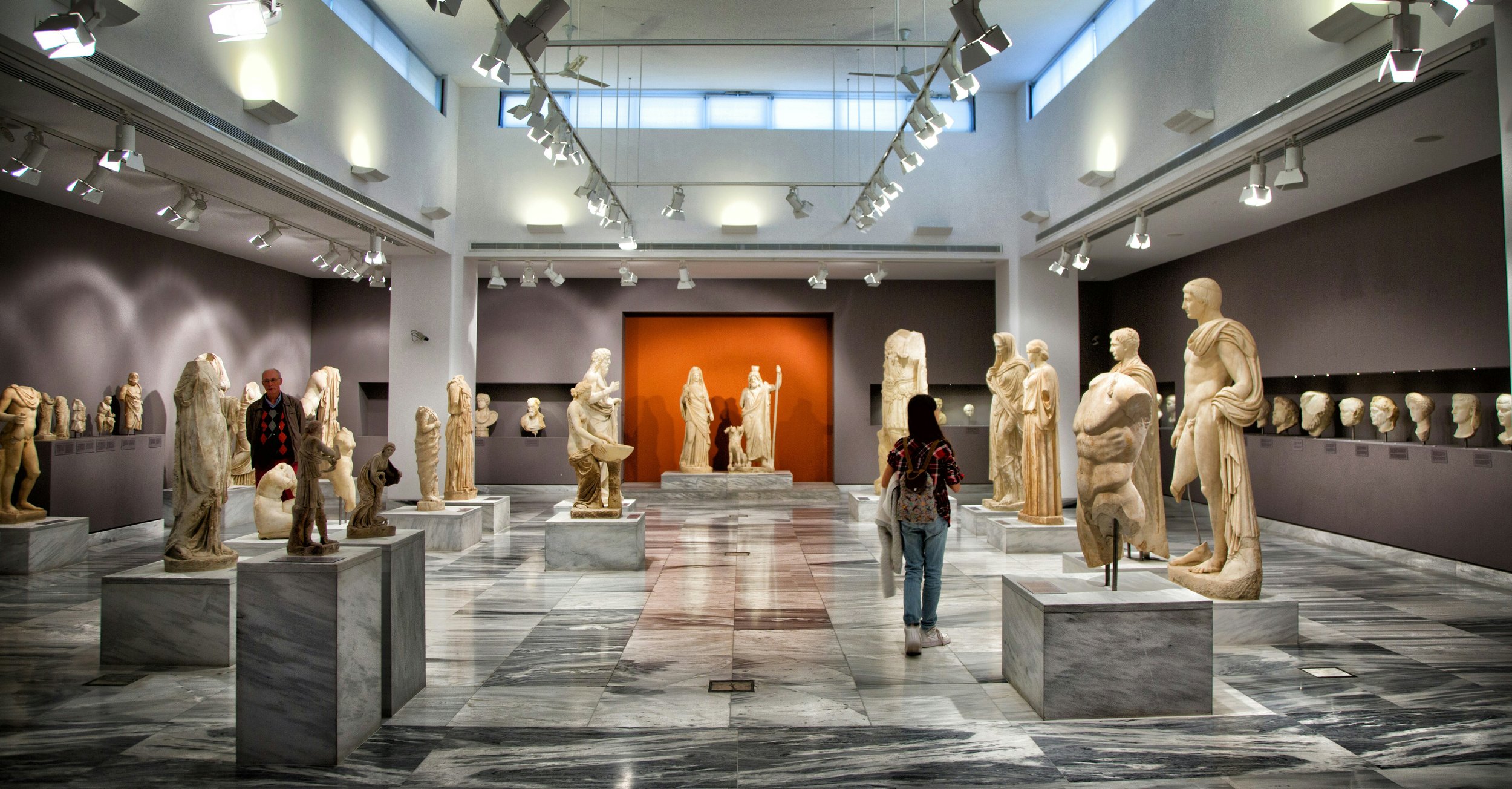By Thomas R. Hoerr
Progress is rarely smooth on important and complex issues. Steps forward are followed by steps backwards, and we can hope (we must hope!) that the forward steps are longer than those in retreat. This is certainly the case when considering an incredibly complex and very relevant issue, the definition of intelligence. Despite resistance to change, new understandings about child development, growth, and intellect must push against decades of traditional thinking and comfortable practices.
New City School, St Louis, Missouri – an MI school
We saw this tension in the 1980s when Frames Of Mind: the theory of Multiple Intelligences was first published. Multiple intelligences (MI) redefined–expanded–the traditional view of intelligence as a single entity that could be determined by a score on a test. Although Howard Gardner wrote about MI with psychologists in mind, it was elementary and secondary educators who embraced this new way of understanding students’ abilities and potential. Instead of assessing students to determine a hierarchy of intelligence by asking, “Who’s the smartest?” the question became “How is each child smart?” This expanded definition of intelligence valued problem solving skills and abilities in art, music, athletics, nature, working with others, and knowing oneself. A pragmatic approach to intelligence, MI captured the range of abilities that can lead to success in life.
Visiting Hamilton High School in Hamilton, Ohio, Jan. 8, 2002, President George W. Bush signs into law the "No Child Left Behind Act." (Wikimedia)
The impact of MI in a school was powerful. I know this from working in an MI school. Recognizing MI, educators began to reconsider curriculum and pedagogy in ways which enabled students to use all of their intelligences in solving problems; students learned and they learned with joy.
But then the U.S. Congress passed No Child Left Behind (NCLB) legislation in 2001. This meant that student success on standardized tests–which focused only on the linguistic and logical-mathematical intelligences–became the criterion for measuring achievement; failure to excel on standardized measures threatened jobs and the viability of schools. This narrow pathway to success ignored the intelligences and passions of many students; it told them that they weren’t smart. There was–and is–much pushback by K-12 educators about the narrowness of standardized tests as the criterion (the criterion, not one of many criteria), but test scores remained the altar.
In an attempt to pursue a wider understanding of student support, the Every Student Succeeds Act (ESSA) became law in 2015. Schools were given more flexibility in measuring student progress, a clear push-back against NCLB. At the same time, ASCD popularized the term “whole child” to remind everyone that students were more than their test scores. Today, all 50 states have SEL (social and emotional learning) standards, and CASEL (the Consortium for Academic, Social, and Emotional Learning is a major force in looking at student capacities and potential. These are significant steps forward in recognizing that problem-solving, the definition of intelligence, is not limited to reading, writing, and calculating.
But recall my opening comment about progress not being smooth. Today, there is resistance to viewing student potential and problem-solving in a broader context. Teachers and administrators share that rhetoric aside, what counts, what they are asked about by supervisors and, often parents, are their students’ standardized test scores. This narrow focus is reinforced by today’s political milieu. Fatuous claims are being made about the intelligence of Haitians, for example, in arguments to limit immigration. Of course, these same arguments about the lower intelligence of ethnic groups were used about Irish and Italian immigrants as well as African Americans in the past.
The notion of the bell-shaped curve, the idea that virtually all human variations fall neatly along a continuum, with the bulk of a characteristic in the middle and an equal proportion falling along each side, is false. Charles Murray and James Herrnstein proclaimed this in their book, The Bell Curve: Intelligence and Class Structure in American Life, citing the model as evidence for the intellectual superiority of some groups. But in More Like Us, James Fallows noted that the bell-shape curve that exists in standard intelligence testing occurs because the tests are designed to elicit that result! Test items which are chosen to lead to that bell-shaped curve, thus reinforcing the model which many people accept despite its limitations.
While all states now note SEL as a positive, an editor recently told me that sales of a book for teachers were limited because the author used the term “SEL” in the text. As another example of our internecine politics, references to DEI (diversity, equity, and inclusion) issues are banned from curriculum in some states. Rulings by the U.S. Supreme Court have made it more difficult for universities to consider all of a child’s background and potential in determining enrollment. Yet some politicians and school leaders hide behind the purported objectivity of standardized scores, ignoring the strengths that students have which are not evident in a standardized test.
Indeed, the positive correlation among socio-economic status, race, and student achievement affirms a narrow definition of intelligence and the socio-economic and racial hierarchy within our country. This revanchist view ignores the potential of too many students. Steps forward are followed by steps backwards and, in turn, those steps backwards are followed by progress. I remain confident schools will recognize and address a wider range of student capacities, multiple intelligences; indeed, AI will increase the speed at which that happens. I just want the pendulum to swing to the benefit of students as soon as possible.





















